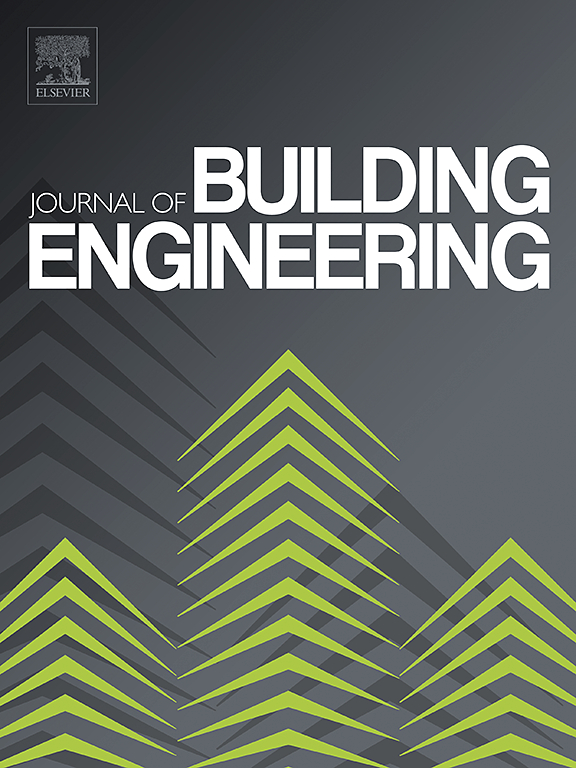Vision-based recognition and geolocation of colored steel constructions in cities to promote urban management
IF 6.7
2区 工程技术
Q1 CONSTRUCTION & BUILDING TECHNOLOGY
引用次数: 0
Abstract
The ability to accurately identify and geolocate colored steel constructions (CSCs) at a city scale addresses critical challenges in urban management, particularly concerning unauthorized and temporary structures that pose safety risks. This study introduces an end-to-end pipeline for recognizing CSC information in cities using unmanned aerial vehicle (UAV) to promote efficient urban management. The proposed pipeline involves several techniques, including UAV-based data acquisition, deep learning-powered image processing, photogrammetry, and map visualization. The pipeline encompasses UAV flight planning, image collection, detection and segmentation of CSCs, and street location visualization, producing comprehensive output regarding the CSC area, distribution density, and precise location. The accuracy level was validated through the ArUco marker-based experiments. Case studies were performed in two real-world cities to test the pipeline, indicating the encouraging accuracy, efficiency, and robustness of the proposed method. Furthermore, the two-stage instance segmentation model developed in this study requires only an object detection dataset for training, which avoids collecting pixel-level mask annotation datasets. Hence, users can easily train object detection models for other objects to replace the model used in this study, thereby facilitating the recognition and localization of other high-risk objects within urban areas.
求助全文
约1分钟内获得全文
求助全文
来源期刊

Journal of building engineering
Engineering-Civil and Structural Engineering
CiteScore
10.00
自引率
12.50%
发文量
1901
审稿时长
35 days
期刊介绍:
The Journal of Building Engineering is an interdisciplinary journal that covers all aspects of science and technology concerned with the whole life cycle of the built environment; from the design phase through to construction, operation, performance, maintenance and its deterioration.
 求助内容:
求助内容: 应助结果提醒方式:
应助结果提醒方式:


